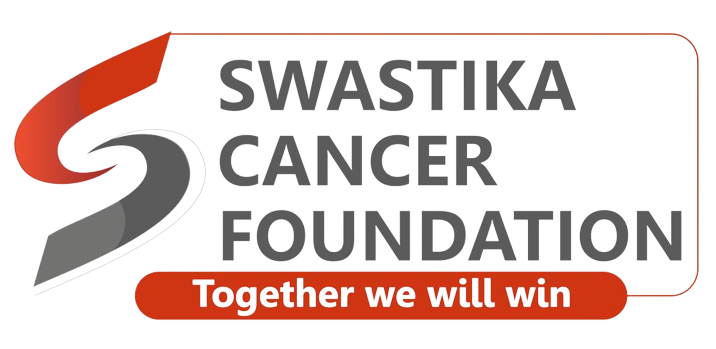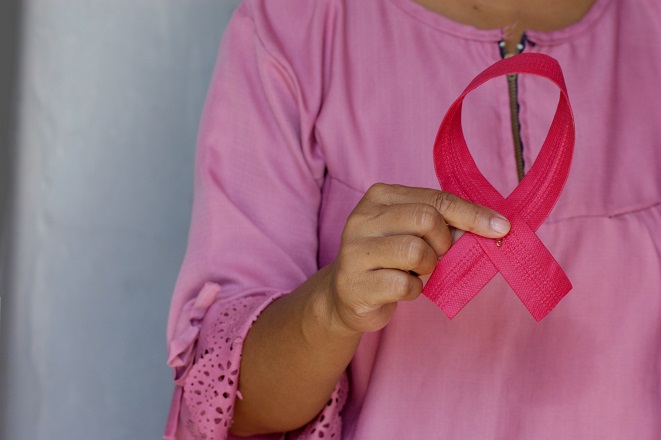Breast cancer is a common and complicated illness that affects countless people all over the world. Understanding the numerous facets of breast cancer, such as its overview, varied forms, underlying causes, risk factors, and crucial statistical data, is crucial. We may actively work towards early identification, prevention, and efficient care by developing a thorough understanding of breast cancer, which will eventually save lives and improve outcomes.
Breast Cancer Overview:
Breast cancer is a type of cancer that originates in the cells of the breast tissue. Although it can affect both men and women, it is significantly more prevalent in women. The disease usually begins as a lump or abnormal growth in the breast. In its early stages, breast cancer might not cause pain, making early detection through regular self-exams and screenings crucial. As it progresses, symptoms may include changes in breast shape, skin dimpling, nipple discharge, and persistent pain. Timely diagnosis and treatment are vital for successful outcomes.
Types of Breast Cancer:
Breast cancer is a complex disease with many different forms, each of which is classified according to the cells from which it develops. To customise treatment strategies, it is crucial to comprehend these categories. among the frequent forms of breast cancer are:
- Ductal Carcinoma In Situ (DCIS): This non-invasive malignancy doesn’t spread outside of the milk ducts and stays contained there.
- Invasive Ductal Carcinoma (IDC): The most prevalent form of breast cancer is invasive ductal carcinoma (IDC), which begins in the milk ducts before spreading to adjacent breast tissue..
- Invasive Lobular Carcinoma (ILC): Invasive Lobular Carcinoma ILC starts in the glands that produce milk and spreads to nearby tissues.
- Triple-Negative Breast Cancer: This type is difficult to treat with targeted medicines because it lacks HER2, progesterone, and oestrogen receptors.
- HER2-Positive Breast Cancer: Breast cancer that is HER2-positive has higher amounts of the HER2 protein, which makes it more likely to spread quickly.
- Hormone Receptor-Positive Breast Cancer: Breast cancer that is hormone receptor-positive reacts to oestrogen or progesterone, making hormone therapy an effective treatment.
Breast Cancer Causes:
The specific causation of breast cancer is still unclear and complex, although it is generally accepted that a mix of genetic, hormonal, and environmental factors is to blame. Breast cancer risk is significantly increased by genetic mutations, such as those in the BRCA1 and BRCA2 genes. Certain kinds of breast cancer are known to be influenced by hormones, particularly oestrogen and progesterone. In addition, ionising radiation exposure and other environmental variables may make people more susceptible.
Breast Cancer Risk Factors:
A person’s chance of getting breast cancer is influenced by a number of risk factors. These elements could consist of:
- Gender and Age: Women are more likely to develop breast cancer, and the risk rises with age.
- Family History:Certain genetic mutations or a history of breast cancer in the family can dramatically increase the risk.
- Genetic Mutations: Heritable changes in the BRCA1 and BRCA2 genes can significantly enhance susceptibility.
- Hormone Replacement Therapy:Using hormone replacement treatment for a prolonged period of time after menopause may somewhat enhance the risk.
- Early Menstruation or Late Menopause: The risk increases if a woman begins menstruating before the age of 12 or goes through menopause after the age of 55.
- Radiation Exposure: High ionising radiation doses, particularly when received as a child, can enhance sensitivity.
- Personal History: Certain non-cancerous breast disorders or a history of breast cancer in one breast can raise the risk.
- Obesity: Carrying excess weight or being obese, especially after menopause, is linked to a higher risk.
- Lack of Physical Activity: Being sedentary may raise your risk of breast cancer.
- Alcohol Consumption: Drinking more alcohol has been associated with a higher risk of breast cancer.
Breast Cancer Statistics:
With millions of victims globally, breast cancer is a serious issue for global health. One in eight women are predicted to get invasive breast cancer in the United States alone over their lifetime. While breast cancer incidence varies by age group, people over the age of 50 experience the highest rates. Despite being common, breast cancer has improved survival rates thanks to advances in early detection techniques and treatment options.
In conclusion, a thorough understanding of breast cancer’s numerous kinds, underlying causes, risk factors, and statistical significance is necessary. With this knowledge, people can be proactive about early detection by performing routine mammography and breast self-examinations. Additionally, leading a healthy lifestyle, going for routine checkups, and learning about breast health can be crucial in preventing and successfully managing breast cancer.
Consultations with medical experts like Dr. Subraharsh Singh, the best cancer specialist in Lucknow, can offer priceless insights and assistance for individuals seeking personalized advice on breast health. The knowledge of Dr. Subraharsh Singh can be very helpful in ensuring ideal breast health, treating issues, and enhancing general well being. We can all help lessen the effects of breast cancer on people and communities by raising awareness and exercising caution.



